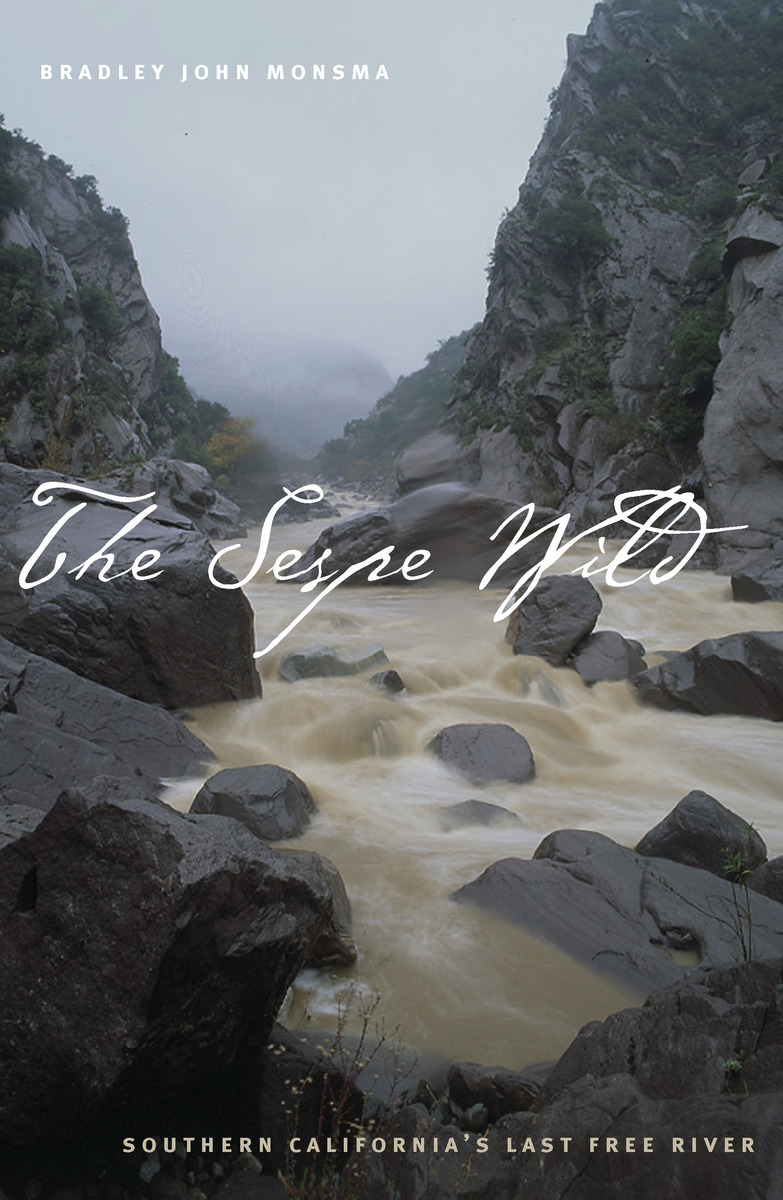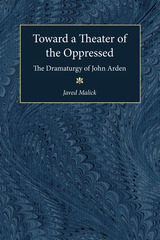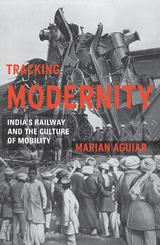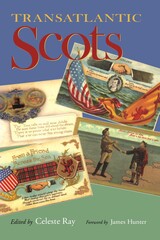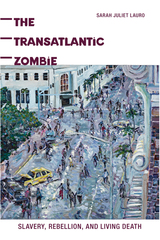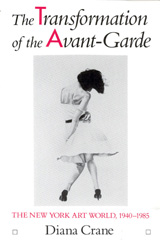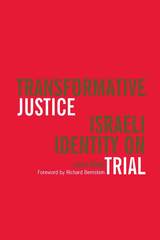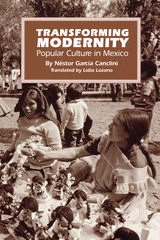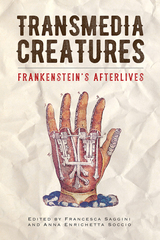The Sespe Wild: Southern California'S Last Free River
University of Nevada Press, 2007
Paper: 978-0-87417-704-6
See other books on: Environmental Conservation & Protection | Essays | Nature | State & Local | West (AK, CA, CO, HI, ID, MT, NV, UT, WY)
See other titles from University of Nevada Press
Paper: 978-0-87417-704-6
ABOUT THIS BOOK | AUTHOR BIOGRAPHY | REVIEWS | REQUEST ACCESSIBLE FILE
ABOUT THIS BOOK
A hundred miles northwest of Los Angeles, Sespe Creek flows through some of the wildest territory in California. A mostly roadless expanse of chaparral and mixed forest, in many places nearly inaccessible even on foot, the Sespe is the untamed heart of Southern California, a wilderness on the edge of one of the world’s major metropolitan developments. To nature writer and outdoorsman John Bradley Monsma, the Sespe is both his place of escape and the place “that teaches me to be fully alive.” In The Sespe Wild, Monsma shares his exploration of this unique and fantastic region. His attention ranges from the physical Sespe, examined on foot or by kayak, to the subsurface geology that shaped it, the Chumash people who first occupied it, and the impact of Spanish and then American settlers. He also considers the Sespe through the eyes of some of its nonhuman populations—the nearly extinct condors, the vanished grizzlies, the mountain sheep, the steelhead trout, the red-legged frogs. Through the metaphor of the river, he ponders the tensions between preservation and overmanagement of wildlife and wilderness areas, the ecology of fire, the intricate connections between species, and the almost miraculous ways that the Sespe has escaped the fate of other Southern California streams, dammed or carved up into canals by development. “To consider this place,” Monsma says, “is to call up issues crucial wherever wilderness and cities meet: recreational impacts on wildlife habitat, the dynamics of accessibility and protection, the physical and psychological need for healthy ecosystems, threats of development and resource extraction.” Monsma’s engaging text addresses the Sespe’s losses and its ongoing pattern of creation and renewal, leading us through rich layers of natural and cultural history in a narrative as colorful and exciting as a day on a Sespe trail. The Sespe, existing at the intersection of ecological processes and human ideals of wilderness, reminds us that nature and culture have always intermingled, and that the past and present, animal and human, “natural” and “unnatural” are ultimately and irrevocably inseparable.
See other books on: Environmental Conservation & Protection | Essays | Nature | State & Local | West (AK, CA, CO, HI, ID, MT, NV, UT, WY)
See other titles from University of Nevada Press
